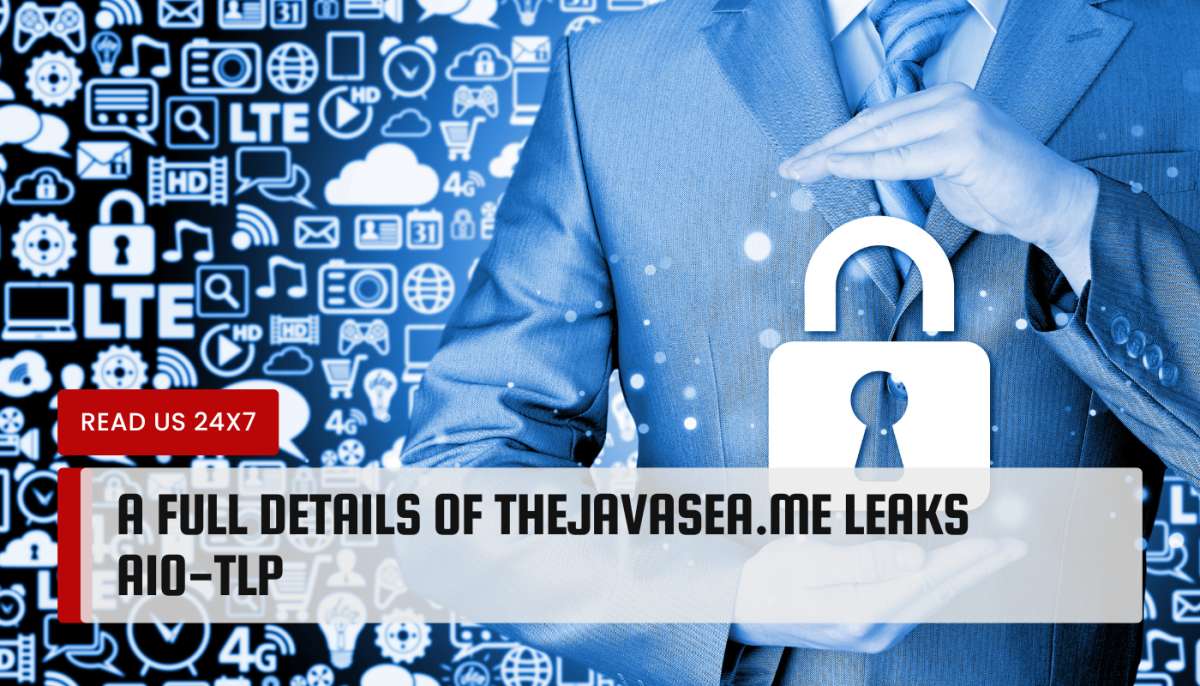Thejavasea.me is a website linked to leaked, stolen, and unauthorized information. It published data associated with AIO-TLP, a company offering data integration and business solutions.
Background of Thejavasea.me
Unclear Origins: Little is known about thejavasea.me’s origin or creators. Websites like these often surface to distribute sensitive information without authorization.
Purpose: Thejavasea.me functions as a platform for sharing leaked data, potentially for malicious purposes.
User Base and Services: The intended users and specific services offered by thejavasea.me are unclear.
Understanding AIO-TLP
Definition: AIO-TLP stands for All-In-One Traffic Light Protocol.
Function: This protocol uses a color-coded system to classify information based on sensitivity.
Color-Coded Classification:
- White: Public information, freely accessible.
- Green: Less sensitive internal data.
- Amber: Confidential information with disclosure restrictions.
- Red: Highly sensitive data requiring strict access control.
Purpose: AIO-TLP helps manage and share sensitive data within organizations while minimizing risks.
Thejavasea.me Leaks: A Detailed Breakdown
Nature of the Breach: The leak involved sensitive data from AIO-TLP being published on thejavasea.me.
Timeline of Events: The exact date of the breach is unknown. It likely happened before the information appeared on thejavasea.me, but the timeframe remains unclear.
How the Breach Was Discovered: The leak might have been discovered by security researchers, journalists, or the public browsing thejavasea.me.
Types of Data Compromised: The specific data leaked remains undisclosed, but potential categories include:
- Personal Identifiable Information (PII): Names, addresses, phone numbers, email addresses, etc.
- Financial Records: Bank account details, credit card information, etc.
- Cybersecurity Threat Intelligence: Information on vulnerabilities, malware, and attack methods.
Technical Analysis of the Breach
Possible Vulnerabilities: Several factors could have contributed to the breach:
- Phishing Attacks: Employees tricked into clicking malicious links or opening infected attachments.
- Malware Installation: Malicious software compromising systems and stealing data.
Security Failures: Inadequate security practices might have amplified the breach:
- Oversights in Protocols: Failure to follow established data security guidelines.
- Lack of Safeguards: Insufficient firewalls, encryption, or access controls.
Implications of the Breach
For Individuals: Leaked data could lead to:
- Identity Theft: Criminals using stolen PII to impersonate victims and commit fraud.
- Financial Fraud: Unauthorized access to financial accounts resulting in financial losses.
For Organizations:
- Reputational Damage: Public loss of trust due to compromised data security.
- Financial Losses: Costs associated with investigating the breach, notifying customers, and potential lawsuits.
For National Security:
- Government Data at Risk: If the leak involved sensitive national security information.
- Diplomatic Relations: Strained relations with countries whose data was compromised.
Preventive Measures and Safeguards
For Individuals:
- Strong Passwords & Two-Factor Authentication: Enhance account security with complex passwords and multi-factor verification.
- Beware of Phishing: Be cautious of suspicious emails and links, and never share personal information without verification.
For Organizations:
- Robust Cybersecurity Protocols: Implement and enforce comprehensive data security measures.
- Security Audits & Training: Regularly conduct security audits and train employees on cyber threats and best practices.
For Governments:
- Strengthen Cybersecurity Infrastructure: Invest in advanced cybersecurity technologies and personnel.
- International Cooperation: Collaborate with other nations to address global cyber threats.
Conclusion
Thejavasea.me leak highlights the importance of robust data security practices. Individuals, organizations, and governments must work together to protect sensitive information and minimize the risks of cyberattacks.



